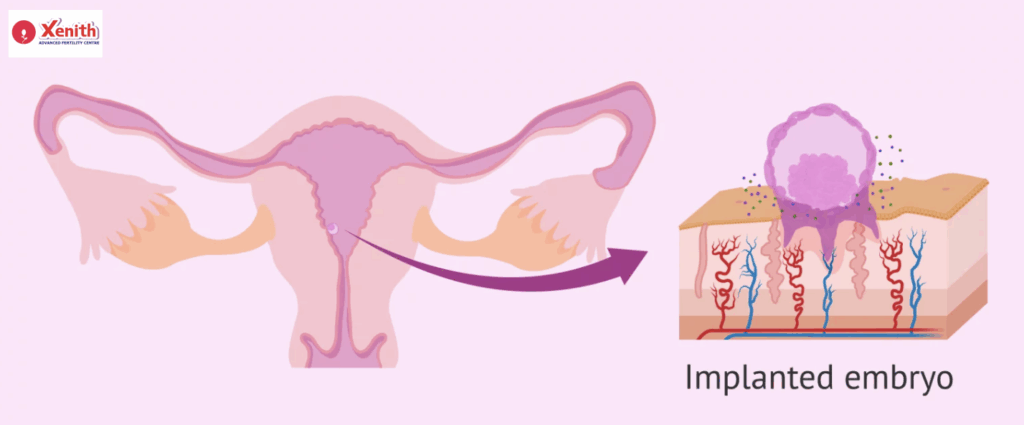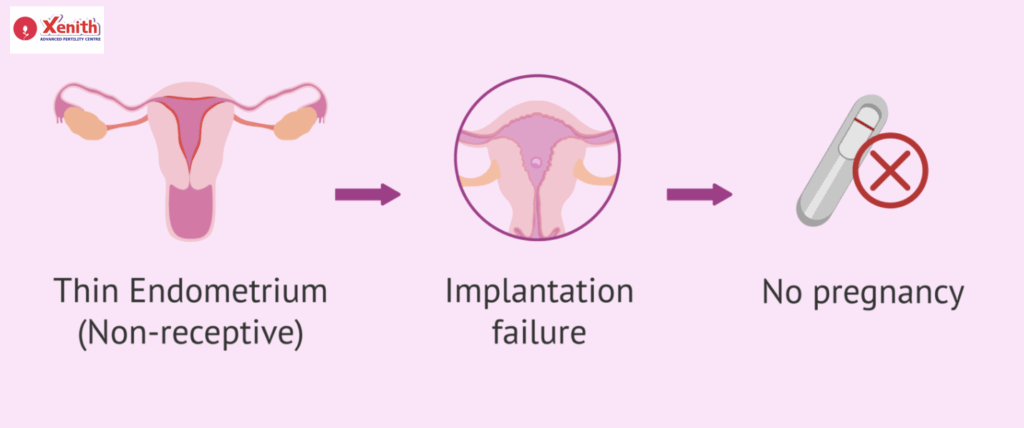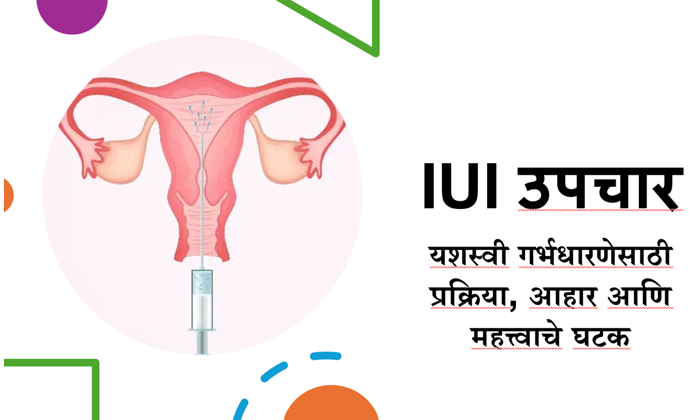If you’ve been on the emotional rollercoaster of fertility treatments, you’ve likely come across the term “endometrial scratching.” It’s often mentioned as a possible add-on to IVF, especially for women who’ve faced failed implantation attempts. But what exactly is this procedure, and can it truly make a difference in your IVF journey?
Let’s explore this topic step-by-step — so you can make an informed, confident decision.
1. Introduction to Endometrial Scratching
Endometrial scratching is a minor medical procedure performed to gently injure the lining of your uterus (endometrium). The goal? To improve the chances of embryo implantation during your next IVF cycle.
It might sound intimidating, but the “scratch” isn’t as harsh as it sounds. It’s usually done using a thin catheter or biopsy instrument inserted through the cervix to slightly scrape the uterine lining. The procedure can be done in your doctor’s clinic and typically takes just a few minutes.
Endometrial scratching is not a standalone treatment — it’s an adjunct procedure, meaning it’s performed alongside other fertility treatments like IVF or ICSI, particularly in women who’ve experienced multiple failed implantation attempts despite having good-quality embryos.
2. How Endometrial Scratching Works: The Science Behind It
The logic behind endometrial scratching is both fascinating and simple. When your uterine lining is scratched, it triggers a mild inflammatory response. Your body reacts by releasing a cascade of growth factors, cytokines, and immune cells, which may help prepare the endometrium for embryo implantation.
Think of it like tending to soil before planting a seed — the small disturbance encourages the environment to become richer and more receptive.
Here’s how scientists believe it works:
- The local injury activates your body’s healing mechanism.
- This healing process increases the release of biochemical signals that improve the “stickiness” of the endometrium.
- The resulting environment may become more favorable for the embryo to implant and grow.
However, while the biological theory is compelling, clinical evidence is still mixed — and that’s where the next part becomes crucial.

3. The Evidence: Studies on Endometrial Scratching and IVF Outcomes
Over the years, numerous studies have examined whether endometrial scratching truly improves IVF success rates.
Some earlier studies reported promising outcomes — especially among women with recurrent implantation failure (RIF). These studies showed a higher rate of clinical pregnancies when the procedure was performed in the cycle before embryo transfer.
However, more recent and larger meta-analyses have painted a more nuanced picture. Research found moderate benefit for most women undergoing their first or second IVF cycles. The positive effects seemed limited mainly to those with a history of repeated implantation failures. In summary, while some evidence supports its use in specific cases, endometrial scratching can be a success booster. It is not yet clear why endometrial curettage has the ability to increase the rate of embryo implantation, but studies suggest that scraping the endometrium elicits an inflammatory response similar to a scratch on the skin.
4. Who Might Benefit from Endometrial Scratching?
Endometrial scratching isn’t recommended for everyone undergoing IVF. Instead, it may be more useful for:

- Women with recurrent implantation failure (RIF): Those who have transferred multiple good-quality embryos in previous cycles without success.
- Women with unexplained infertility: When all other fertility factors appear normal but implantation still fails.
Other factors — like your age, uterine health, and hormonal balance — can influence whether the procedure might be effective for you.
Your fertility specialist can help decide based on your history and prior IVF outcomes.
5. Risks and Side Effects of Endometrial Scratching
Endometrial scratching is generally safe, but like any medical procedure, it carries some risks.
You may experience:
- Mild pain or cramping during or after the procedure.
- Spotting or light bleeding for a day or two.
- Rarely, infection or uterine injury if the procedure isn’t done under sterile conditions.

Most women describe the discomfort as similar to period cramps or the sensation during an IUI or Pap smear. The procedure does not increase the risk of multiple pregnancies or miscarriage, but it’s important to have it performed by an experienced clinician in a proper medical setting.
6. The Procedure: What to Expect
Here’s a step-by-step guide of what typically happens:
- Timing: Endometrial scratching is usually done in the luteal phase (around day 21) of the cycle before your planned embryo transfer.
- Preparation: You may be asked to take a mild painkiller about an hour before.
- Procedure: A thin catheter is inserted through your cervix into the uterus. Your doctor will gently scrape a small portion of the endometrial lining.
- Duration: The process takes about 5–10 minutes.
- Aftercare: Mild spotting or cramping may occur, but you can usually resume normal activities immediately afterward.
7. Alternatives to Endometrial Scratching
If you or your doctor feel unsure about the benefits of endometrial scratching, there are other approaches to enhance endometrial receptivity:
- ERA (Endometrial Receptivity Analysis): A genetic test that determines the best time for embryo transfer based on your individual endometrial gene expression.
- PRP (Platelet-Rich Plasma) therapy: Uses your own blood plasma, rich in growth factors, to rejuvenate the uterine lining.
- Lifestyle and hormonal optimization: Ensuring proper nutrition, blood flow, and hormonal balance can also support a receptive endometrium naturally.
Conclusion: Is Endometrial Scratching Right for You?
Endometrial scratching remains one of those “grey zone” procedures in fertility medicine.
For some women — especially those who’ve had multiple failed IVF attempts — it might offer a glimmer of hope and a slightly improved chance. For others, it may simply add an unnecessary procedure without proven benefit.
The key is personalization. Every fertility journey is unique, and what works for one person may not work for another. The best step you can take is to discuss your medical history and previous IVF outcomes with your fertility specialist. Together, you can decide whether endometrial scratching fits into your treatment plan.
Remember — you’re not alone in this journey, and it’s okay to ask questions, seek second opinions, and explore every safe option available to you.
FAQ
It’s a simple procedure where the uterine lining is gently scratched to potentially improve embryo implantation in IVF.
It triggers a local inflammatory reaction that releases growth factors and cytokines, making the uterine lining more receptive to embryos.
Research is mixed. Some studies show benefits in women with recurrent implantation failure, while others find no significant improvement.
Women with previous failed IVF cycles or recurrent implantation failure may benefit the most.
Mild pain, spotting, and rarely infection. Serious complications are very uncommon.
Usually in the cycle before embryo transfer, during the luteal phase (around day 21).
You may feel brief cramping, but most women tolerate it well with mild discomfort.
Yes, options like ERA testing and PRP therapy can also improve endometrial receptivity.
Costs vary by clinic and region, typically ranging between ₹5,000–₹15,000 in India.
No, it cannot guarantee pregnancy. It may help in certain cases, but results vary individually.




